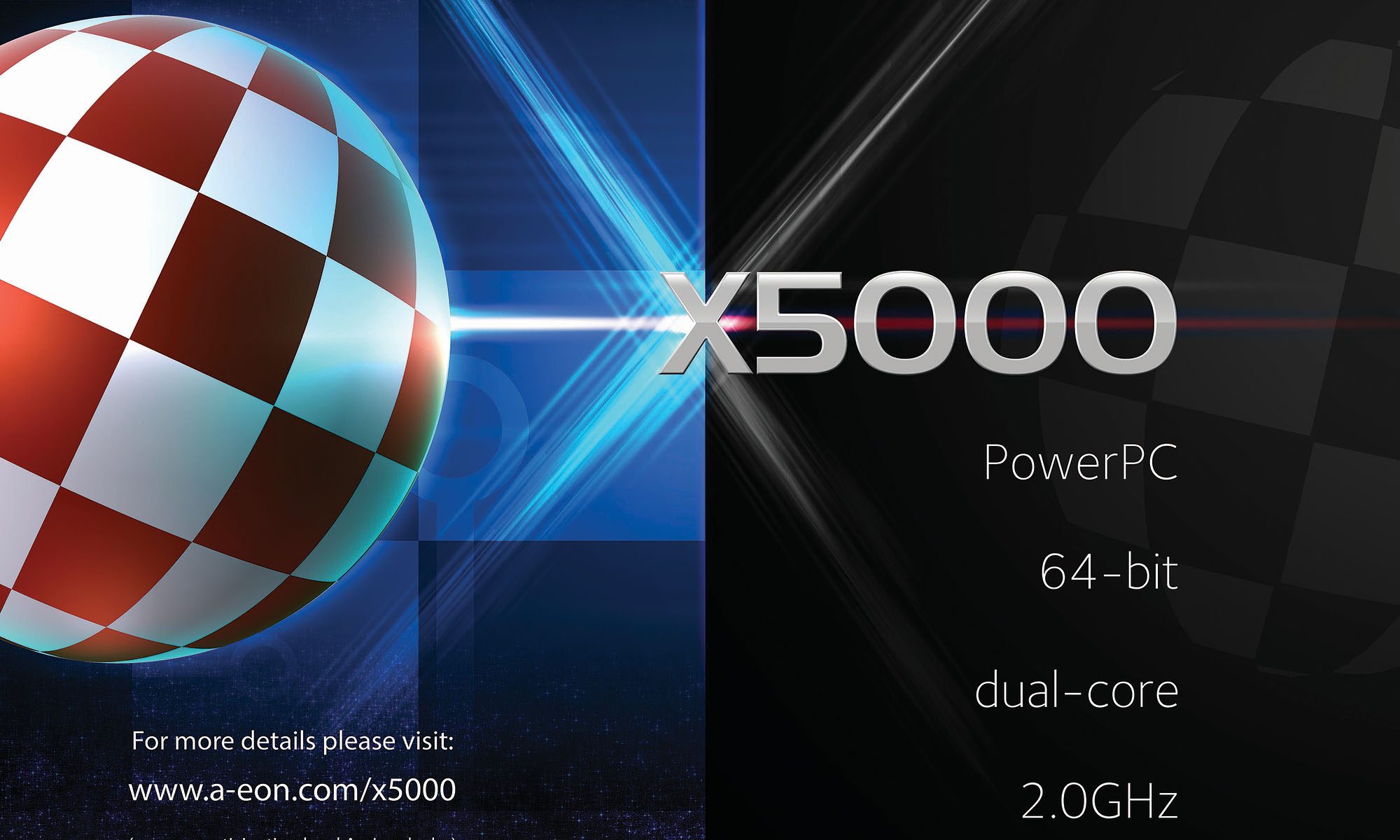
Efficiency Through Software: New QNX Hypervisor Enables Cost-Effective, Consolidated Embedded Systems
Hypervisor Reduces System Costs of Medical, Industrial, and Automotive Devices by Enabling Critical and Non-Critical Applications to Run on a Single Hardware Platform
OTTAWA, ONTARIO–(Marketwired – Feb. 18, 2015) – QNX Software Systems, a subsidiary of BlackBerry Limited, today announced the QNX® Hypervisor 1.0, a realtime Type 1 hypervisor for medical devices, industrial automation systems, and automotive applications such as car infotainment systems, advanced driver assistance systems (ADAS), and digital instrument clusters. By using the QNX Hypervisor, embedded system developers can consolidate multiple operating systems onto a single compute platform or system-on-chip (SoC), thereby reducing the cost, size, weight, and power consumption of their products.
The QNX Hypervisor simplifies the certification process for safety-critical systems by allowing developers to keep safety-related and non-safety-related software components fully isolated from each other. Safety-related components can run on one OS while non-safety components run on another OS, which the hypervisor hosts in a separate virtual machine. This technique complements the advanced isolation mechanisms of the QNX Neutrino® OS, which prevent software components from corrupting or consuming system resources needed by other components or by the OS itself.
The QNX Hypervisor employs patent-pending technology to reduce development time for consolidated systems. With this technology, multiple operating systems can use a single display controller to render graphical content on two or more displays, such as an automotive digital instrument cluster and infotainment touchscreen. The QNX Hypervisor can also simplify the sharing of other resources, including network connections, file systems, and input/output devices such as the I2C serial bus. Developers are spared the effort of writing custom shared-device drivers that increase testing and certification costs and that typically exhibit lower performance than vendor-supplied device drivers.
The QNX Hypervisor also helps companies preserve their software investments by minimizing the work required to port software from legacy systems to new hardware platforms.
QNX Software Systems’ business is deeply focused on markets that, according to recent data from VDC Research, will significantly increase adoption of hypervisors and other virtualization techniques over the next three years. These markets include automotive, medical, industrial automation, and rail and transport.
“More and more engineering organizations are consolidating previously discrete systems, requiring the adoption of new software solutions. By leveraging a hypervisor, system designers can separate safety functions from non-safety functions, saving on hardware costs and potentially streamlining the certification process,” said Christopher Rommel, executive vice president, VDC Research. “QNX Software Systems has a proven history in mission-critical embedded systems and, with the release of the QNX Hypervisor, it is providing yet another option for its customers to optimize their next-generation designs.”
The QNX Hypervisor supports the QNX Neutrino OS and other operating systems, including Linux and Android. The QNX Hypervisor complies with standards such as IEC 61508 for industrial safety, ISO 26262 for automotive safety, and IEC 62304 for medical device software.
Designed for fast, predictable performance, the QNX Hypervisor supports time-critical applications for automotive, medical, and industrial devices, including, for example, backup cameras that require extremely short boot times.
“With the release of the QNX Hypervisor, QNX Software Systems offers the core components for building consolidated, safety-certified, realtime solutions. These include microkernel OS architecture, adaptive partitioning technology, certified OS products, and now, a virtualization solution for isolating multiple operating systems on a single platform,” said Grant Courville, director of product management, QNX Software Systems. “The unique capabilities of our hypervisor solution reflect our commitment to reducing development efforts and enabling customers to place a greater focus on product differentiation and time-to-market.”
Availability
Select customers will begin evaluating the QNX Hypervisor 1.0 in April 2015. It is scheduled for general release in Q3 2015.
via Efficiency Through Software: New QNX Hypervisor Enables Cost-Effective, Consolidated Embedded Systems.










